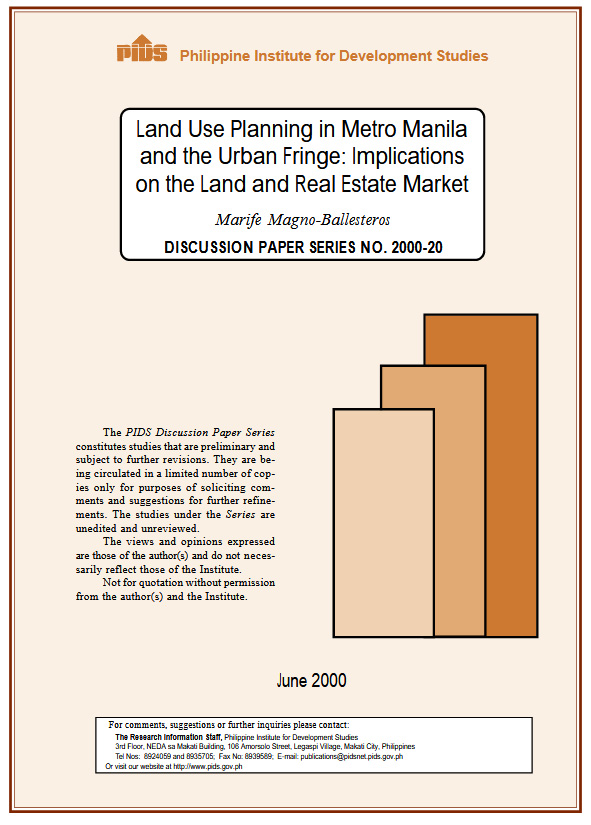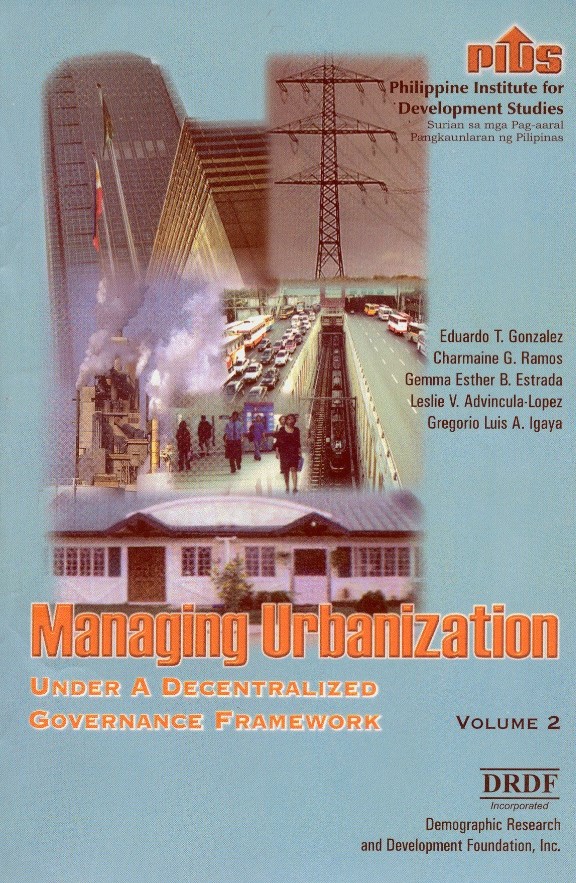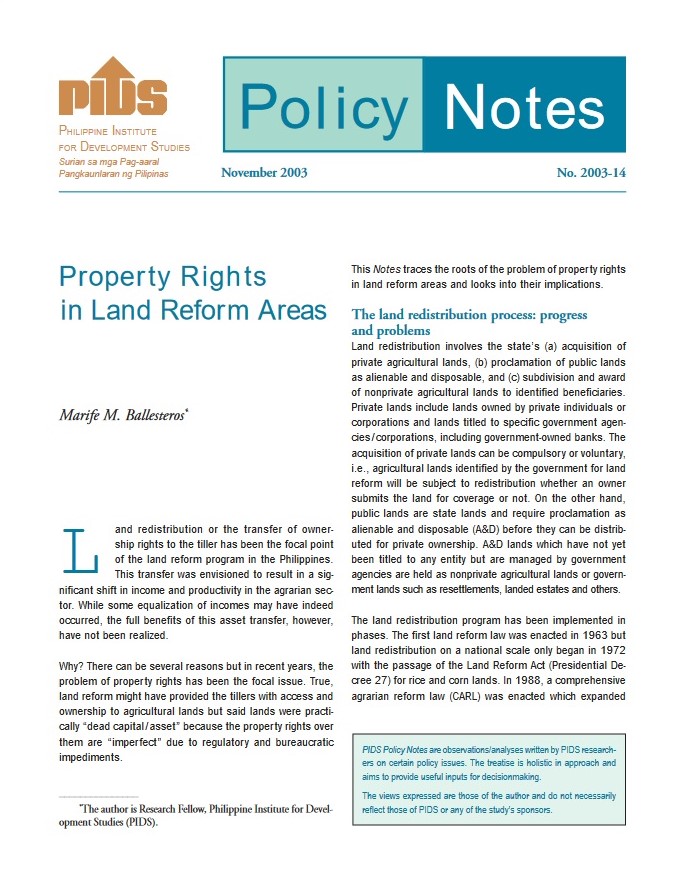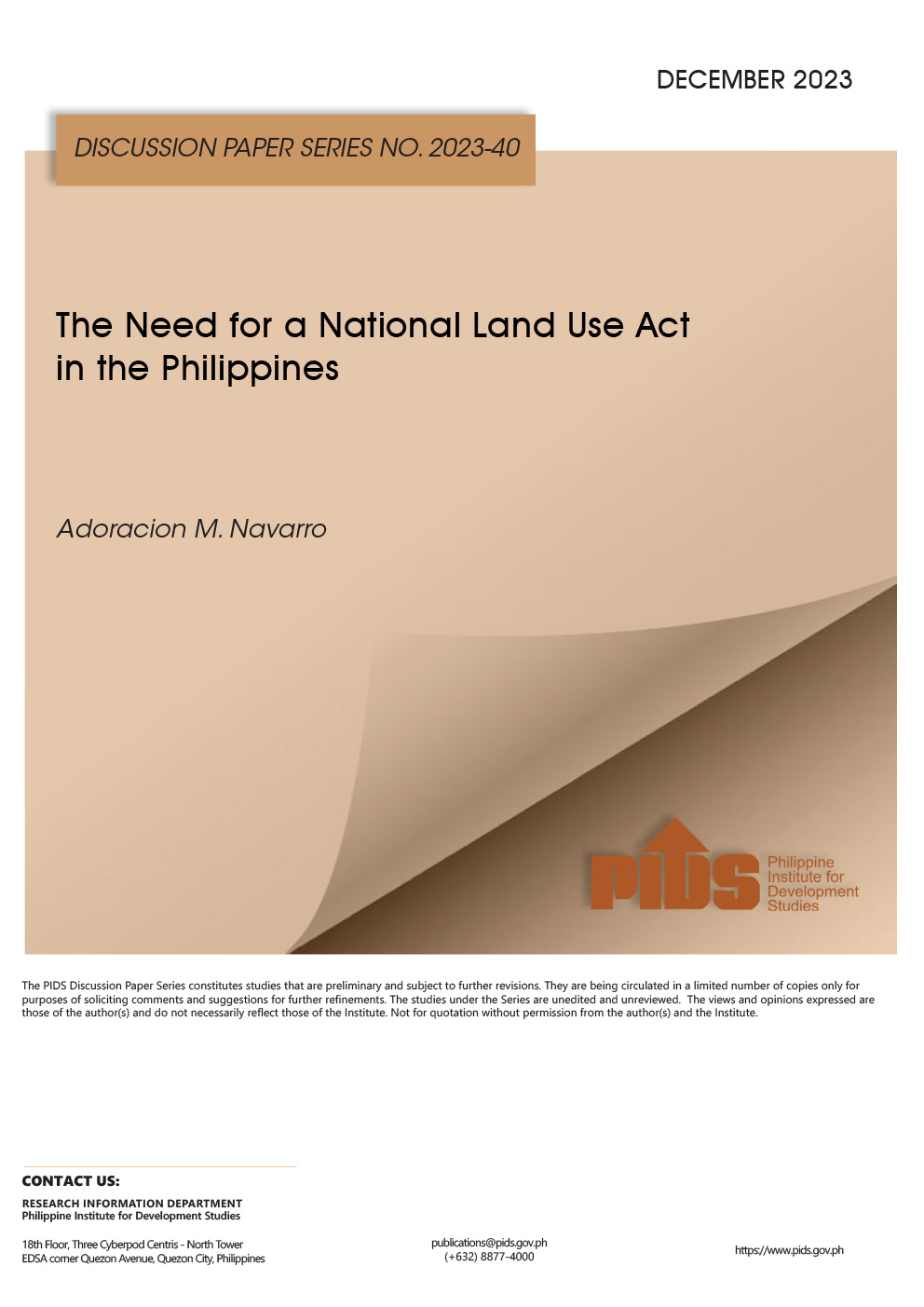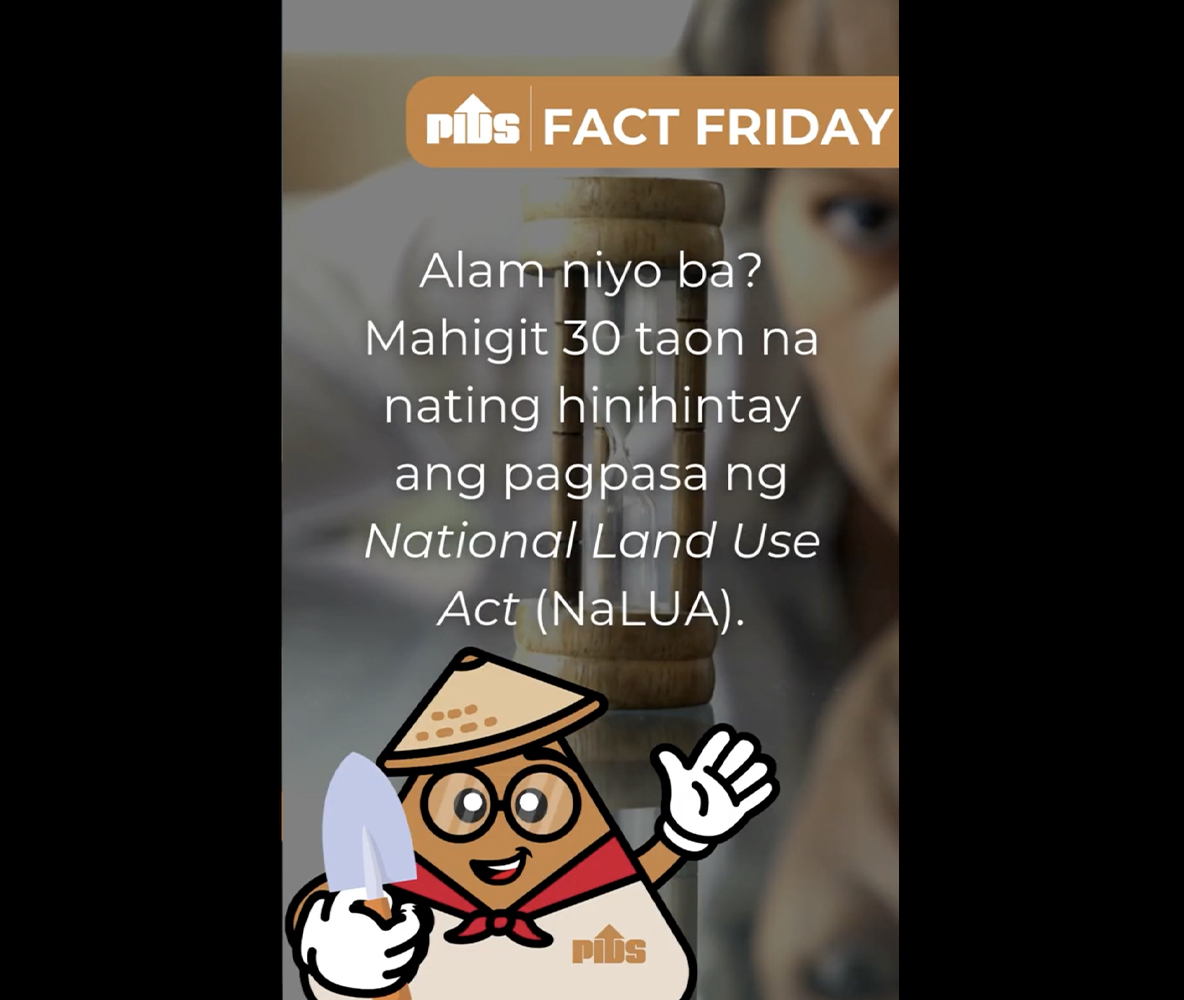This paper examines land use planning in Metro Manila and the urban fringe and analyzes its effect on transactions in the urban land and real estate market. The analysis begins with a historical review of land use planning strategies in the metropolitan area and the attendant bureaucratic changes that occurred. The effects of these planning strategies on the urban land and real estate market are then analyzed using the transaction cost framework of the new institutional economics (NIE). It is argued that transaction costs in the land and real estate market in the Philippines has been significant due to the confusion brought about by unclear land use policies of the government. These costs have been noted to increase as government shifted from an interventionist and centralized system to a liberal and decentralized system of land use planning. The system of permits and licensing has become more complicated and inefficient overtime. To economize on transaction costs, real estate development companies engage in a lot of contracting and sub-contracting in the market. Relational contracting in the forms of "grease” money and procedural short-cuts has been common to obtain development approvals. The high transaction costs are reflected in the prices of urban real estate. While Metro Manila has the lowest per unit costs of construction among neighboring cities in Asia, the high transaction costs make housing more expensive in the country than elsewhere in Asia. Contradicting policies on Philippine land use have to be corrected. Moreover, stronger and more direct government presence in the land and real estate market through land use planning and urban management seems necessary.
Citations
This publication has been cited 11 times
- Ballesteros, Marife M.. 2001. The dynamics of housing demand in the Philippines: Income and lifecycle effects. Discussion Papers DP 2001-15. Philippine Institute for Development Studies.
- Ballesteros, Marife M.. 2002. The dynamics of housing demand in the Philippines: Income and lifecycle effects. Research Paper Series RPS 2002-01. Philippine Institute for Development Studies.
- Ballesteros, Marife M.=. 2002. Rethinking institutional reforms in the Philippine housing sector. Discussion Papers DP 2002-16. Philippine Institute for Development Studies.
- Dasgupta,Basab, Somik V. Lall, and Nancy Lozano Gracia. 2014. Urbanization and housing investment. Policy Research Working Paper Series 7110. The World Bank. .
- Lavado, Rouselle F. and Leizel P. Lagrada. 2010. Are there regional variations in the utilization of maternal and child care services across income groups?. Philippine Journal of Development PJD, 35, no. 2. Philippine Institute for Development Studies.
- Meerow, Sara . 2017. Double exposure, infrastructure planning, and urban climate resilience in coastal megacities: A case study of Manila. Environment and Planning A, 49, no. 11, 2649-2672.
- Monsod, Toby C.. 2011. Is government really solving the housing problem?. Philippine Review of Economics, 48, no. 1, 125-146. University of the Philippines School of Economics and Philippine Economic Society.
- Navarro, Adoracion M.. 2014. Scrutinizing urbanization challenges in the Philippines through the infrastructure lens. Discussion Papers DP 2014-37. Philippine Institute for Development Studies.
- Senate Economic Planning Office (SEPO). 2015. National land use policy: Protecting prime agricultural lands. Working Papers id:7083. eSocialSciences.
- Shatkin, Gavin. 2004. Planning to forget: Informal settlements as 'forgotten places' in globalising Metro Manila. Urban Studies, 41, no. 12, 2469-2484 . Urban Studies Journal Limited.
- Yujuico, Emmanuel. 2015. Considerations in the diffusion of a public traffic app for Metro Manila. Journal of Transport Geography, 42(C), 48-56. Elsevier.

